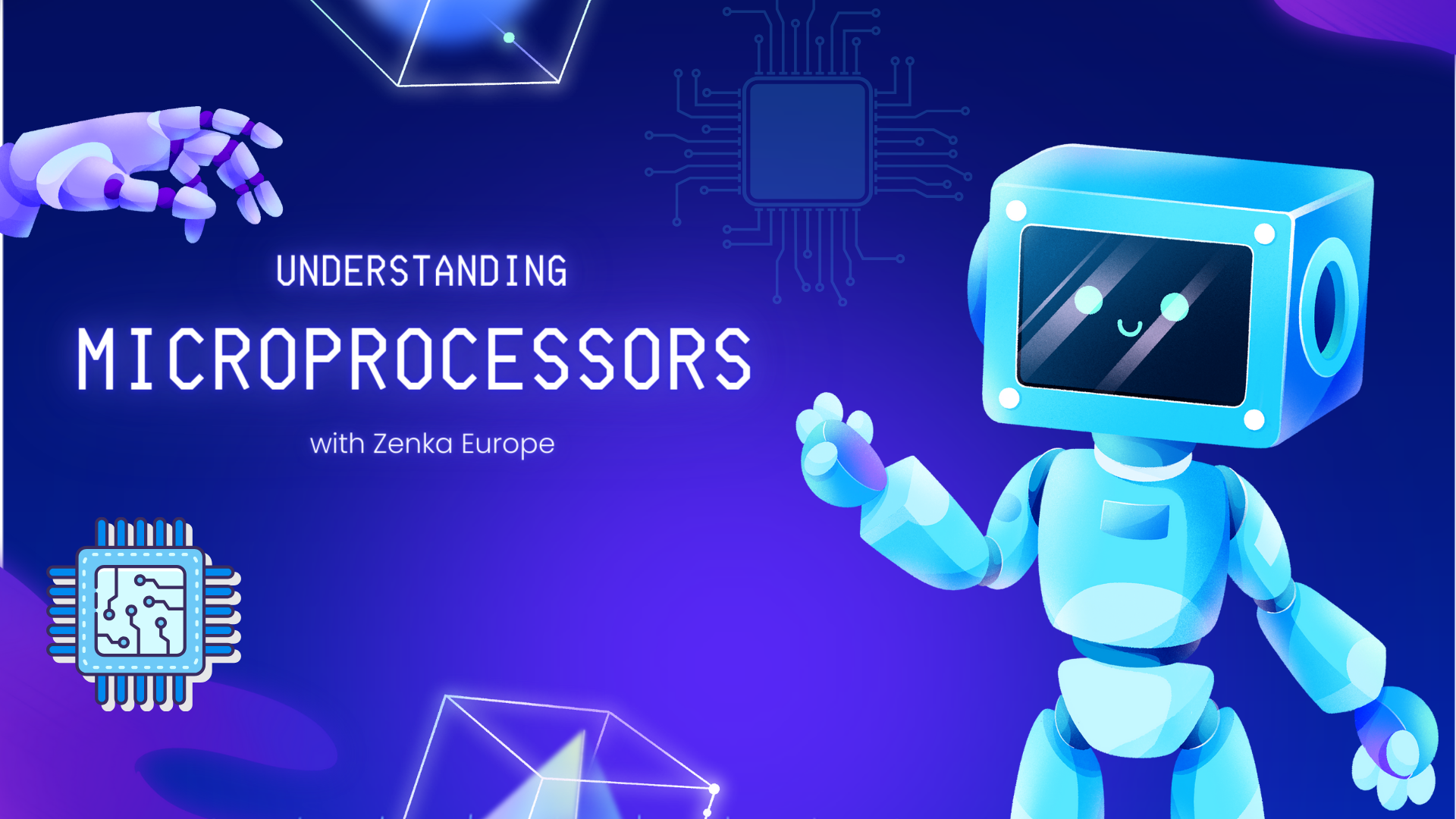Introduction
Microprocessors, often referred to as the "brains" of electronic devices, are integral to modern technology. They are tiny yet powerful chips that perform computations and process instructions to enable various functionalities in devices. The journey of microprocessor development began in the late 1960s, with significant milestones shaping the technological landscape we know today. Their importance cannot be overstated, as they are found in virtually every electronic device, from simple household gadgets to complex supercomputers.
Microprocessor Architecture
The architecture of a microprocessor defines its capabilities and efficiency. Let's delve into its primary components:
Central Processing Unit (CPU)
The CPU is the heart of a microprocessor, responsible for executing instructions. It comprises two main units:
- Control Unit (CU): The CU directs the operation of the processor, telling the memory, ALU, and input/output devices how to respond to the instructions that have been sent to the processor.
- Arithmetic Logic Unit (ALU): The ALU performs all arithmetic and logical operations, such as addition, subtraction, and comparison.
Memory Subsystem
Memory plays a crucial role in microprocessor operations, consisting of:
- RAM (Random Access Memory): Volatile memory used for storing data temporarily during operation.
- ROM (Read-Only Memory): Non-volatile memory that holds essential instructions for the system's startup and basic functions.
Input/Output Interfaces
These interfaces allow the microprocessor to communicate with other components and devices, facilitating data exchange and user interaction.
Types of Microprocessors
Microprocessors come in various types, each designed for specific applications and performance requirements.
8-bit Microprocessors
Examples
Applications
8-bit microprocessors are used in embedded systems and basic computing tasks. They are ideal for simple control systems, such as those found in home appliances and basic electronic devices.
16-bit Microprocessors
Examples
Applications
These microprocessors are commonly used in personal computers and workstations. They offer improved performance and capabilities over their 8-bit predecessors, making them suitable for more complex computing tasks.
32-bit Microprocessors
Examples
Applications
32-bit microprocessors are designed for high-performance computing and server applications. They support more extensive memory addressing and offer superior processing power, making them ideal for demanding tasks.
64-bit Microprocessors
Examples
Applications
These microprocessors are the backbone of modern computing, used in servers, supercomputers, and high-end personal devices. They provide immense processing power and efficiency, enabling advanced applications and multitasking.
Microprocessor Advancements
Microprocessors have undergone significant advancements to keep up with the growing demands of technology.
Increasing Transistor Density (Moore's Law)
According to Moore's Law, the number of transistors on a microprocessor doubles approximately every two years. This increase enhances performance and power efficiency, allowing for more complex and capable processors.
Multicore Processors
Modern microprocessors often feature multiple cores, enabling parallel processing. This capability allows them to handle multiple tasks simultaneously, significantly boosting performance and efficiency.
Applications in Modern Computing
Multicore processors are essential in today's computing landscape, powering everything from smartphones to data centers. They enable smooth multitasking and improved processing speeds.
System-on-a-Chip (SoC) Integration
SoC integration combines the microprocessor, memory, and peripheral interfaces into a single chip. This advancement is particularly beneficial for mobile and embedded systems, reducing power consumption and physical space while enhancing performance.
Advancements in Mobile and Embedded Systems
SoCs have revolutionized mobile devices and embedded systems, providing compact yet powerful solutions for various applications, from smartphones to smart home devices.
The Future of Microprocessors
The future of microprocessors is promising, with ongoing innovations and advancements shaping the next generation of technology.
- Continued Miniaturization and Performance Improvements: As technology progresses, microprocessors will become even smaller and more powerful, driving the development of more sophisticated devices.
- Emerging Technologies: Innovations such as quantum computing and neuromorphic chips are set to revolutionize the field, offering unprecedented performance and capabilities.
- Microprocessors' Pivotal Role in the Digital Age: Microprocessors will continue to be at the heart of technological advancements, driving innovation and enabling new possibilities in various fields.
Discover Zenka Europe Microprocessors
Explore the latest microprocessor innovations and understand how these tiny chips power the devices you use every day. Stay informed about the advancements shaping the future of technology.
To know more visit us : https://zenkaeurope.com/




